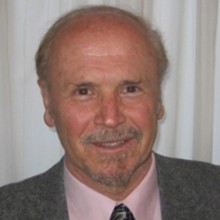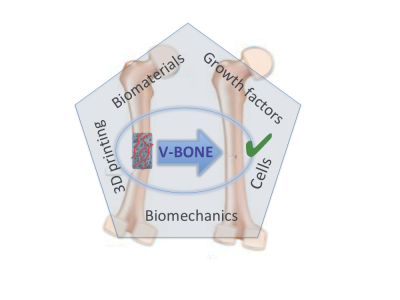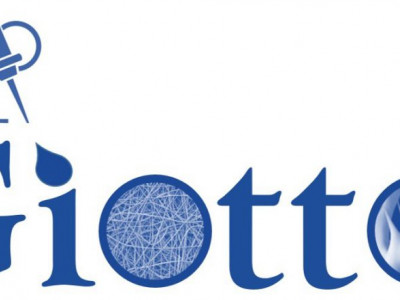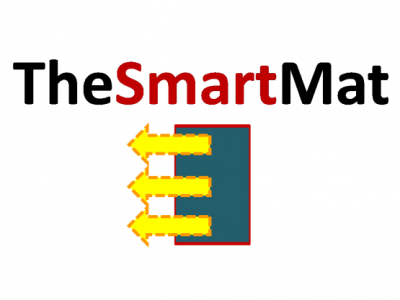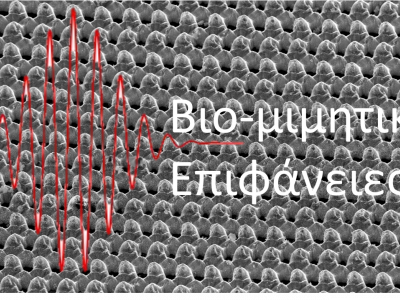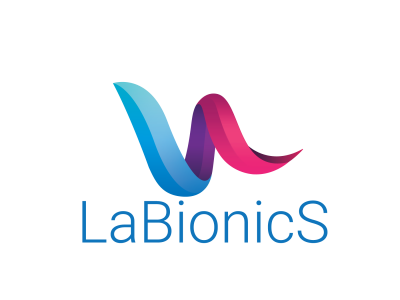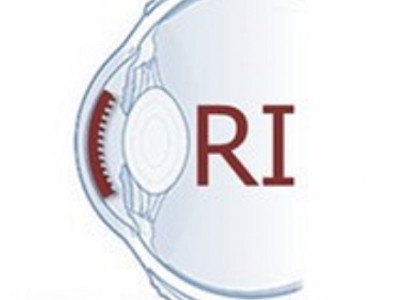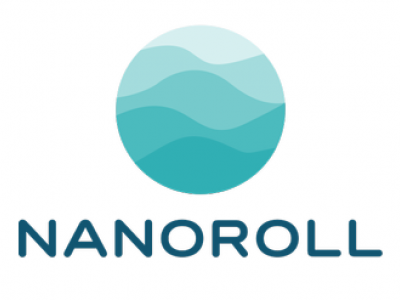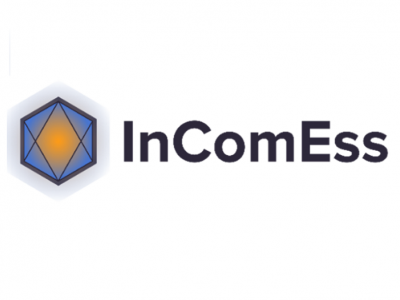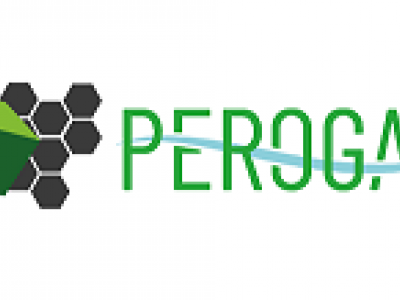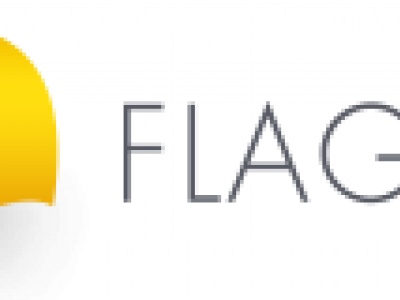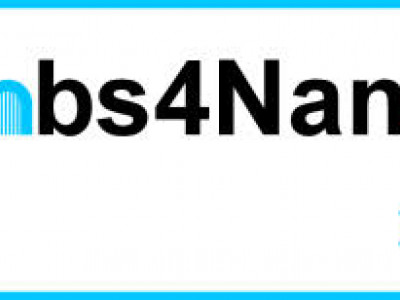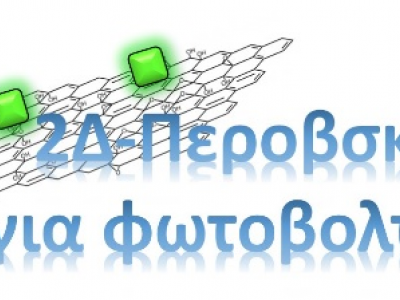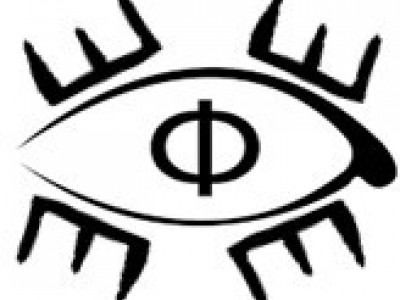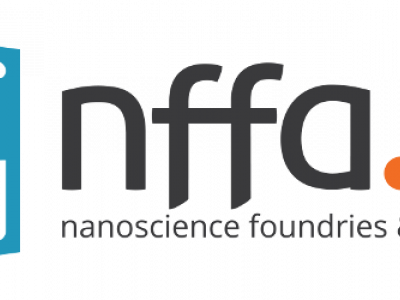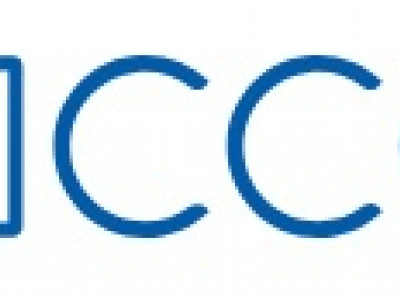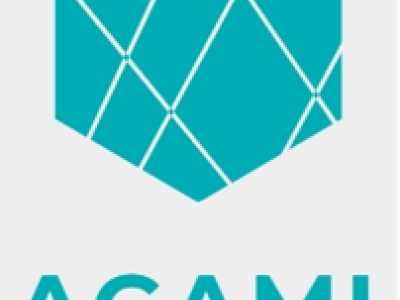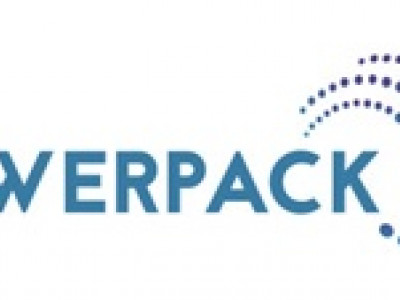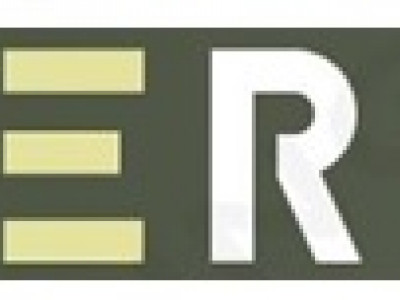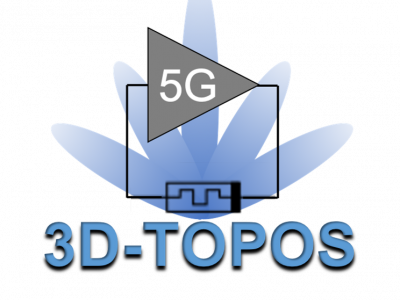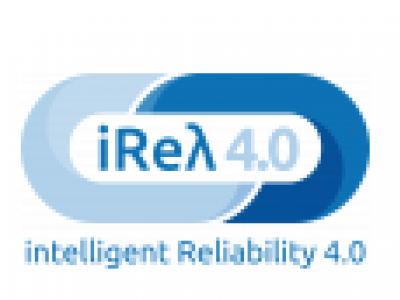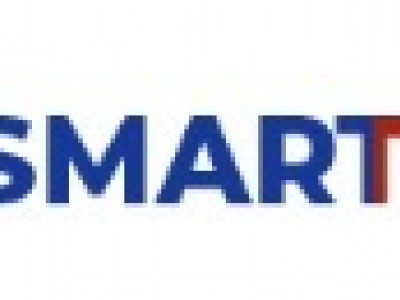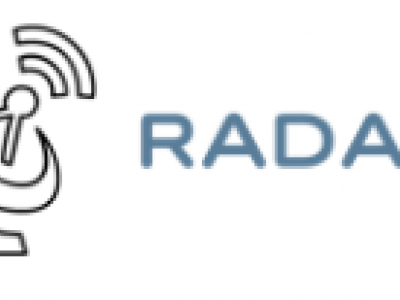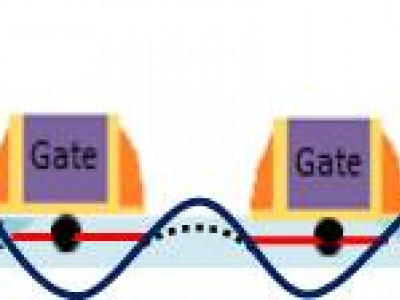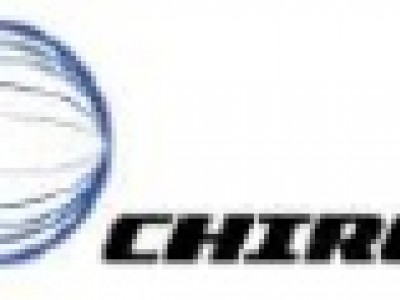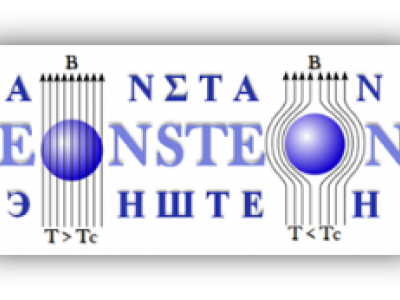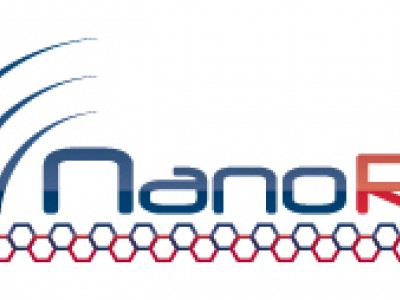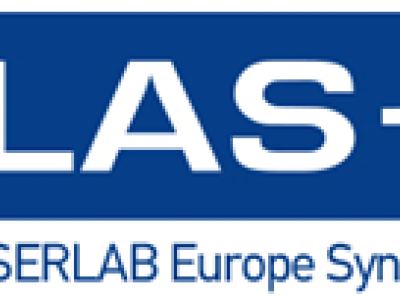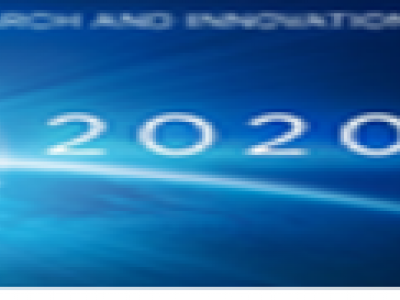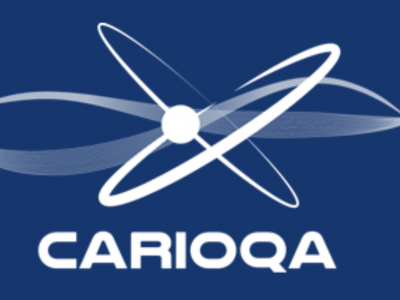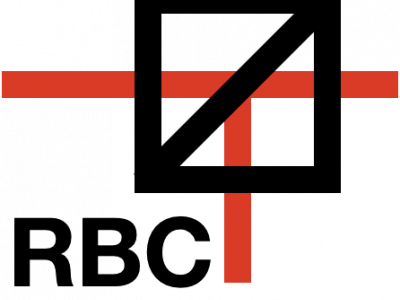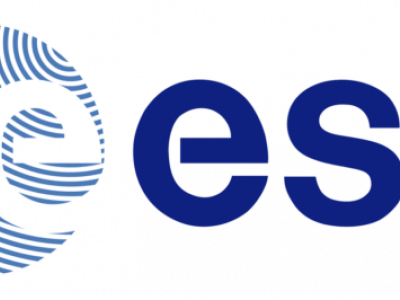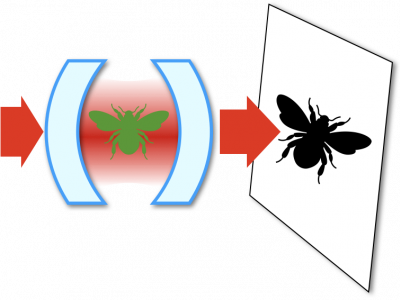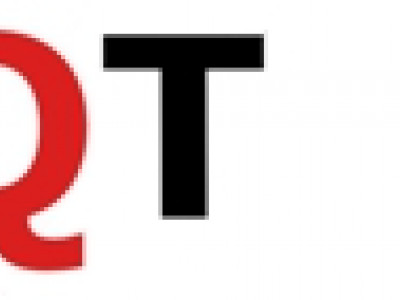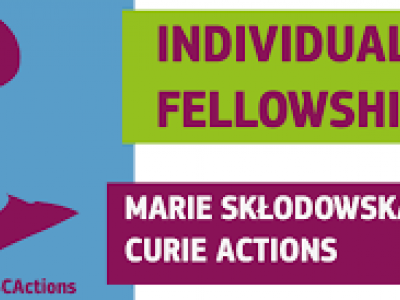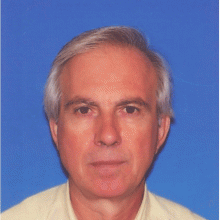
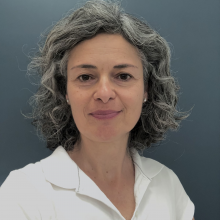
Dr. Maria Chatzinikolaidou, FBSE, FTERM, FIAMBE, is a Professor of Biomaterials in Bioengineering and Head of the Laboratory for Biomaterials in Tissue Engineering at the Department of Materials Science and Engineering at the University of Crete, and affiliated faculty member at the Foundation for Research and Technology-Hellas (FORTH). Her research activities focus on the development of biomaterials and scaffolds for tissue engineering applications including bone, cartilage, dental, cardiovascular, skin, and the validation of their in vitro and in vivo biocompatibility, functionality and biomechanical characteristics. Her work has led to the development of novel orthopaedic and dental biomaterials and medical devices, and tunable biomaterial platforms that control specific physiological processes for tissue engineering and regenerative medicine, using the fundamentals of biological sciences and engineering.
Education
- Ph.D in Biochemistry, University of Duisburg-Essen, Germany
- B.Sc. in Chemistry, University of Essen, Germany
Career
- Since July 2024, Professor, Department of Materials Science and Engineering, University of Crete, Greece
- 2019 - 2024, Associate Professor, Department of Materials Science and Engineering, University of Crete, Greece
- 2010 - 2018, Assistant Professor (tenured in 2014), Department of Materials Science and Engineering, University of Crete, Greece
- 2007 - 2010, Visiting Assistant Professor, Department of Materials Science and Engineering, University of Crete, Greece
- 2006 - 2008, post-doctoral fellow, Institute of Molecular Biology and Biotechnology (IMBB), FORTH, Greece
- 2004 - 2006, post-doctoral associate at the University Medical School of Essen, Germany
Interests
- Tissue Engineering (bone, cartilage, dental, cardiovascular, skin)
- In vitro and in vivo biocompatibility evaluation of biomaterials, scaffolds and nanoparticles
- Investigation of the osteoinductive potential of implantable biomaterials and drugs
- Development of osteoinductive and osteoconductive biomaterials and scaffolds
- Investigation of the osteogenic potential of implantable biomaterials and drugs
- 3D printing technologies, bioprinting, electrospinning
- Biomechanics
- Functionalization of biomaterials with growth factors
- Development of protein immobilization techniques on biomaterials surfaces
- Adsorption and desorption studies of proteins on biomaterials surfaces
Awards/Prizes/Distinctions
- Elected Governing Council member of the International Academy of Medical and Biological Engineering (IAMBE) (term 2025-2027)
- Fellow of the International Academy of Medical and Biological Engineering (IAMBE, elected 2024)
- Fellow in Biomaterials Science and Engineering (FBSE) awarded by the International Union of Societies for Biomaterials Science and Engineering (IUS-BSE, elected in 2020)
- International Fellow of Tissue Engineering and Regenerative Medicine (FTERM, elected in 2023)
- Elected Steering Committee member of the International College of Fellows of Biomaterials Science and Engineering (ICF-BSE) (term 2024-2028)
- European Orthopaedic Research Society (EORS) Ambassador for Greece (elected in 2023)
- Chair of the 28th Annual Conference of the European Society for Biomaterials (ESB 2017) in Athens
- Program Chair of the TERMIS-EU 2019 (Tissue Engineering and Regenerative Medicine International Society) Conference in Rhodes
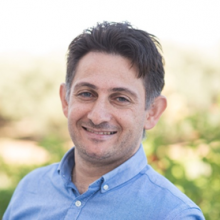
Emmanuel Stratakis is a Research Director and Acting Director of the Institute of Electronic Structure (IESL) of the Foundation for Research and Technology Hellas (FORTH). He received his Ph.D. in Physics from the University of Crete (UOC) in 2001. After graduating, he joined as a visiting Researcher the IESL-FORTH working on the ultrafast laser engineering of materials. In the fall semesters of 2006 and 2008, he was appointed as a visiting Researcher at the Department of Mechanical Engineering of the University of California, Berkeley. In 2007 he was elected Researcher at IESL-FORTH where he is leading the “Ultrafast Laser Micro- and Nano- processing” laboratory (https://www.iesl.forth.gr/en/research/ULNMP-Group; https://stratakislab.iesl.forth.gr). He has over 300 SCI publications and more than 17000 citations, h-index=71 (Google Scholar) and he has coordinated many National and European grants. He has delivered more than 150 invited and keynote lectures and has been organizer and chair in major international scientific conferences. He has been an Editor of the journals 'Optoelectronic Advances’, ‘Optoelectronic Technology’, ‘Optics and Laser Technology’ ‘Materials Today (Bio)’, and ‘International Journal of molecular Sciences’. Since 2015, he is the Director of the Nanoscience Facility of FORTH, part of the NFFA-Europe EU Infrastructure, where he is a member of the General Assembly. He is a National expert in the High-Level Group of EU on Nanotechnologies, Advanced materials, Biotechnology, Advanced Manufacturing and Processing. He is an OPTICA Fellow and Ambassador of the European Innovation Council. He is the founder and Chief Executive Officer of Biomimetic (www.biomimetic.gr).
Education
- 2001 Ph. D. in Physics, Physics Department, University of Crete, Greece.
- 1997, M. Sc in Condensed matter Physics, Physics Department, University of Crete, Greece.
- 1995, B. Sc in Physics, Physics Department, University of Crete, Greece.
Career
- 2017 - Today, Research Director, FORTH-IESL
- 2017 - Today, Adjunct Professor, Physics Department, University of Crete
- 2007 – 2017, Application Scientist, FORTH-IESL, Laser and Applications Division
- 2016, Visiting Professor (3 months), CNRS, LP3 Laboratory, Marseille, France
- 2015, Visiting Researcher (5 months), CNR, IOM, Trieste, Italy
- 2008, fall semester, Visiting Researcher, University of California, Berkeley, Department of Mechanical Engineering, California, USA
- 2003 - 2007, Adjunct Professor, Materials Science and Technology Department, University of Crete
- 2006, fall semester, Visiting Researcher, University of California, Berkeley, Department of Mechanical Engineering, California, USA
- 2003-2005, Postdoctoral Researcher, FORTH-IESL, Amorphous Materials Laboratory
Interests
- Laser-matter interaction
- Ultrashort pulsed laser processing of biomimetic surfaces
- Laser processes for organic & hybrid electronics
- Laser engineeering and diagnostics of Graphene and related 2D materials
- Advanced photonic processes in photovoltaic and energy storage devices
- Photo-assisted synthesis of nanocrystals
- Applications on non linear imaging in materials science and biology
- Laser assisted biofabrication for tissue engineering applications
- Multipurpose 3D printing complemented with subtractive manufacturing
Awards/Prizes/Distinctions
- Ranked among the top 2% of scientists worldwide
- Elected OPTICA Fellow
- EIC Ambassado
- Principal Investigator and co-Investigator in 25 European and 19 National Research Projects, (8 as Coordinator)
- Awarded a FET–OPEN grant (LiNaBioFluid) as the Coordinator
- Awarded a FET Innovation Launchpad grant (LaBioNics) as the Coordinator
- 5 Cover Pages in Advanced Functional Materials, Advanced Optical Materials, Advanced Energy Materials, Nanoscale, ChemNanoMat
- 1992, 1993, 1994, Greek National Scholarship Foundation Fellowship

Deceased
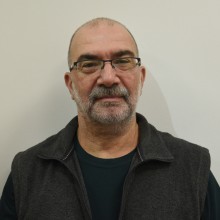
Education
- 1988, Ph.D in Solid state electornics, University of Salford, Department of Electronic & Electrical Engineering, U.K.
- 1985, M.Sc in Solid state electronics, University of Salford, Department of Electronic & Electrical Engineering, U.K.
- 1982, B.Sc in Applied physics, University of Salford, Department of Pure & Applied Physics, U.K.
Career
- 12/2016 - today, Research director, Microelectornics Research Group, FORTH - IESL, Greece
- 04/2004 - 12/2016, Senior application scientist, Microelectornics Research Group, FORTH - IESL, Greece
- 07/1998 - 04/2004, Principal application scientist, Microelectornics Research Group, FORTH - IESL, Greece
- 07/1995 - 07/1998, Associated application scientist, Microelectornics Research Group, FORTH - IESL, Greece
- 05/1990 - 07/1995, Postdoctoral fellow, Microelectornics Research Group, FORTH - IESL, Greece
- 12/1989 - 05/1990, Software developer, Eltrans international transport S.A,
- 03/1989 - 11/1989 Software developer, National defense research centre, Greece
- 02/1988 - 05/1988, Postdoctoral fellow, Microelectornics Research Group, FORTH - IESL, Greece
Interests
- High frequency & high power devices: FETs, HEMTs, PHEMTs, MO(I)SFETs (III-arsenides & III-nitrides)
- High power devices: MESFETS, JFETs, IMPATT & ZENER diodes (SiC)
- High frequency & high power MMICs (III-arsenides & III-nitrides)
- THz diodes (III-arsenides)
- III-nitrides Nanowire and FINFET transistors
- Magnonics
- 2D materials based transistors, CNT based devices
- GaN based Qubits
- III-nitrides based UV detectors
- III-arsenides & III-nitrides photovoltaics
- III-nitrides SAW & FBAR based sensors
- III-nitrides CHEMFET based chemical sensors
- III-nitrides LAMB based biosensors
- Arrays of polymeric microneedles based EEG sensors
- Piezoelelectric sensors for gait monitoring
- RF MEMS Piezoelectric (III-nitrides) cantilevers
- Thermoelectric materials and devices
- Left handed & photonic structures
- Reconfigurable front end transmission/reception modules
- 3D system in chip (SiP) solutions for high power miniaturized modules
Awards/Prizes/Distinctions
- 2018, Elected as Vice President of the Greek Micro and Nano Society
- 2016, Re-elected to the Scientific Council of IESL (1st in preference)
- 2013, Elected to the Scientific Council of IESL
- 2007, Re-elected Vice President of the Greek Micro and Nano Society
- 2005, Key member of the research team of FORTH (project FP6 “DALHM”) that won one of the EU Descartes prizes
- 2004, Elected as Vice President of the Greek Micro and Nano Society
- 2003, Elected to the Board of Directors of the European Microwave Association (EuMA) for 3 years
- 2003, Prize "Tudor Tanasescu" of the Romanian Academy of Sciences for my work in the membrane supported active & passive devices
- 2002, MRG Leader in the project FP4 INCO-COPERNICUS project "MEMSWAVE" (co- ordinated by IMT Bucharest), that was among the 10 finalists for the EU Descartes prize.

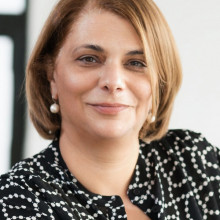
Maria received her first degree in 1992 from the Physics, University of Crete and her PhD in 1997 from the Physics Department, University of Durham, UK. The subject of her PhD was organic nonlinear optics.After graduating, Maria worked as a postdoctoral research fellow at the Universities of Durham and Sussex and as a Senior Optical Scientist for the security company DeLaRue Holographics. She is a founding member of Xsil Ltd, a Dublin-based company specializing in the design and manufacture of laser micro-machining equipment for the semiconductor industry.
Now Maria is a Research Director at the Institute of the Electronic Structure and Laser, Foundation for Research and Technology-Hellas, where she joined in 2003. Her main research interests are light-based additive manufacturing, multi-photon lithography, laser-based nanofabrication, and materials processing using ultrafast lasers.
Education
- 1997, Ph.D, Department of Physics, University of Durham, UK.
- 1992, B.Sc., Department of Physics, University of Crete, Greece
Career
- 2003-present, Laser Division, FORTH/IESL, Greece
- 2000-2003, Senior Development Engineer, Xsil Ltd, Ireland
- 1999-2000, Senior Optical Scientist, DeLaRue Holographics, UK
- 1997-1999, Research Fellow, School of Engineering, University of Sussex, UK
- 1996-1997, Research Fellow, Department of Physics, University of Durham, UK
- 1992-1994, Human Capital and Mobility Fellow, Department of Physics, University of Durham, UK
Interests
- Light-based Additive Manufacturing
- Laser-based 3D printing
- Multiphoton Lithography
- Biofabrication
- Nonlinear Optics
- Photonics and Metamaterials
Awards/Prizes/Distinctions
- Associate Editor, Optical Materials Express
- Editorial Board, JPhys Photonics
- Associate Editor, Scientific Reports
- 2015: Visiting Professorship, Chinese Academy of Sciences, Changchun (2014, cancelled due to pregnancy)
- 2010: Second runner up prize at the SPIE Innovation Village
- 1992-1994: Human Capital and Mobility personal Fellowship
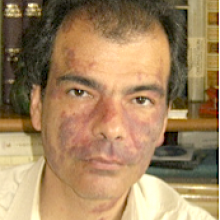
Dr. Zekentes works on research and development in the area of compound semiconductors and microelectronics. The last decade the emphasis was devoted in SiC device technology development for microwave and power applications as well as for the development of SiC based nanowire transistors.
Education
- 1989, Ph.D. Physics of Semiconductors, University of Montpellier, France
Career
- 01/2001 - today, Principal Researcher at Microelectornics Research Group, FORTH - IESL, Greece
- 1995 - 2000, Associate Researcher at Microelectornics Research Group, FORTH - IESL, Greece
- 1991 - 1995, Physicist-Researcher at Microelectornics Research Group, FORTH - IESL, Greece
Interests
- Molecular Beam Epitaxy
- Electron devices
- Device fabrication
- Semiconductors physical characterization
- Research projects
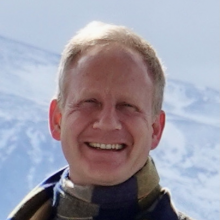
Wolf von Klitzing is the PI of the BEC and Matter Waves group (www.bec.gr, www.iesl.forth.gr), and together with Prof Papazoglou the PI of the Space Optics Laboratory. The BEC group works on Bose Einstein Condensation, matter-wave interferometry and Atomtronics. They produced the first BEC in South-Eastern Europe on Friday the 13th of August 2010 and the first fully-coherent atomtronic matterwave guides. The the Space Optics Laboratory concerns itself on, e.g., behalf of the European Space agency (ESA) with technologies for Atom Quantum Sensors in space and with optical (quantum) communication between earth and LEO satellites.
Before starting the Cretan Matter-Waves group he worked at the Laboratoire Kastler Brossel (LKB) of the Ecole Normale Superieure (ENS) in Paris, La Sapienzia in Rome, and AMOLF in Amsterdam.
Other
...


